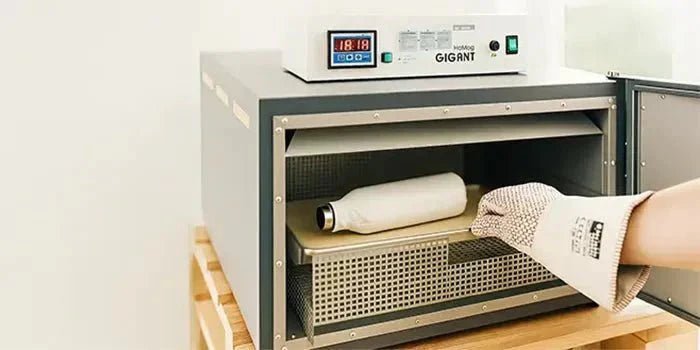Receive the newsletter
Subscribe to the Technotape newsletter to get essential news and information delivered straight to your inbox.
Sign up for our newsletter
by
Tags
Heat-Shrinkable Foil and Sublimation: A Perfect Match!
Sublimation is a proven method for transferring high-resolution designs onto diverse substrates. When combined with heat-shrinkable film and oven processing, this technique yields consistently vibrant, long-lasting results. In this article, you will learn how to integrate shrink film into your sublimation workflow and optimize your production outcomes.
What Is Heat-Shrinkable Film?
Shrink film—also referred to as shrink tubing—is a polymer sheet that contracts uniformly when exposed to heat. In an oven environment, the film conforms tightly to the substrate, providing uniform pressure akin to a mug press or silicone wrap, and ensures a smooth, professional finish.
Benefits of Using Shrink Film in Sublimation
- Uniform Heat Distribution: An oven delivers consistent thermal exposure around cylindrical and complex shapes, ensuring even ink sublimation and vibrant, edge-to-edge coverage.
- Controlled Film Contraction: Shrink film contracts in a predictable manner, eliminating air pockets and wrinkles for a flawless surface.
- Scalable Throughput: Multiple items—including mugs, bottles, cups, glassware, (flower) pots and bowls—can be processed simultaneously, increasing productivity and reducing unit cost.
- Material Versatility: Applicable to ceramics, glass, metals and more, shrink film protects delicate substrates while delivering a durable, high-definition print.
Implementation Guide
- Substrate Preparation: Clean and degrease the item thoroughly to ensure optimal ink adhesion.
- Design & Printing: Produce your artwork on sublimation paper using high-quality ink.
- Film Application: Trim the shrink film to cover the printed area completely, then wrap it securely around the substrate.
- Oven Processing: Place the wrapped items in the sublimation oven and run the cycle according to material specifications.
- Finishing: Allow items to cool to ambient temperature, remove the film, and inspect the finished product.
Best Practices
- Calibrate Temperature & Time: Validate the optimal dwell time and temperature for each film type and substrate.
- Monitor Shrink Dynamics: Apply heat gradually to prevent uneven contraction or stress points.
- Continuous Improvement: Document outcomes and refine settings to achieve consistent, repeatable quality.
Integrating heat-shrinkable film into your sublimation process enhances both quality and efficiency. By following these guidelines, you can expand your product offerings and meet stringent production standards.
For technical inquiries or bespoke process consultation, please contact our specialists at office@technotape.com.
This blog is written by
Receive the newsletter
Subscribe to the Technotape newsletter to get essential news and information delivered straight to your inbox.
Sign up for our newsletter

